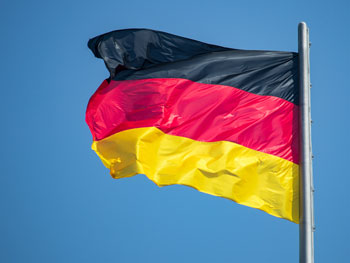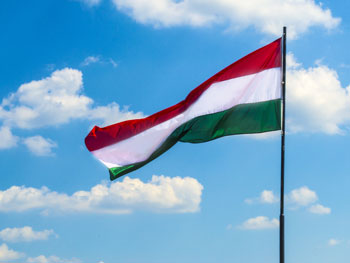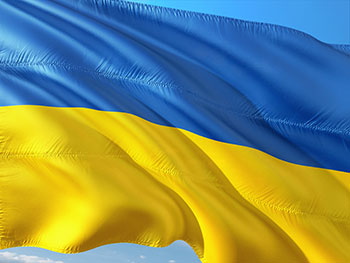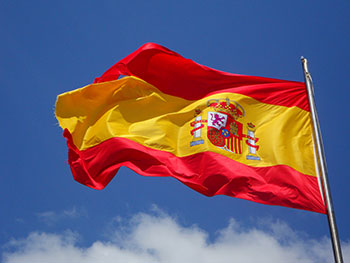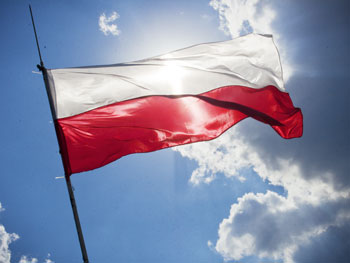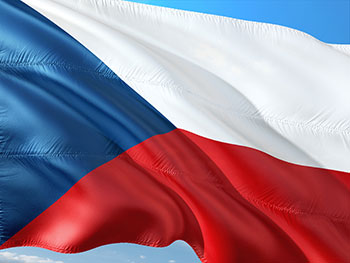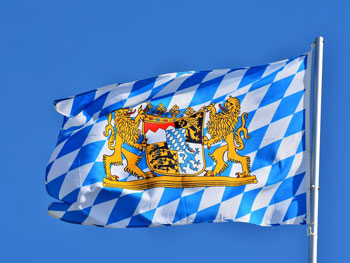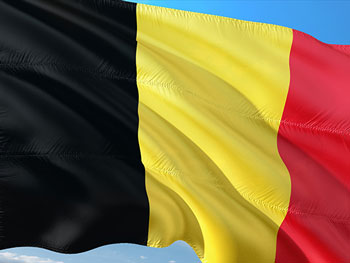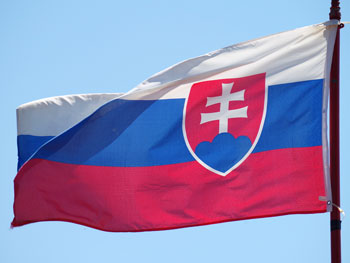Central Germany
At A Glance

Area: 132.350 km2
Total population: 18.913
Bioeconomy maturity: High
Bioeconomy strategy: Under development
Main feedstock: Agricultural residues, forest residues, feedstock from forest-based industries, municipal waste, water waste treatment and sludge
POWER4BIO partner: Deutsches Biomasseforschungszentrum (DBFZ)
Contact person for Central Germany: Anne-Karen Beck
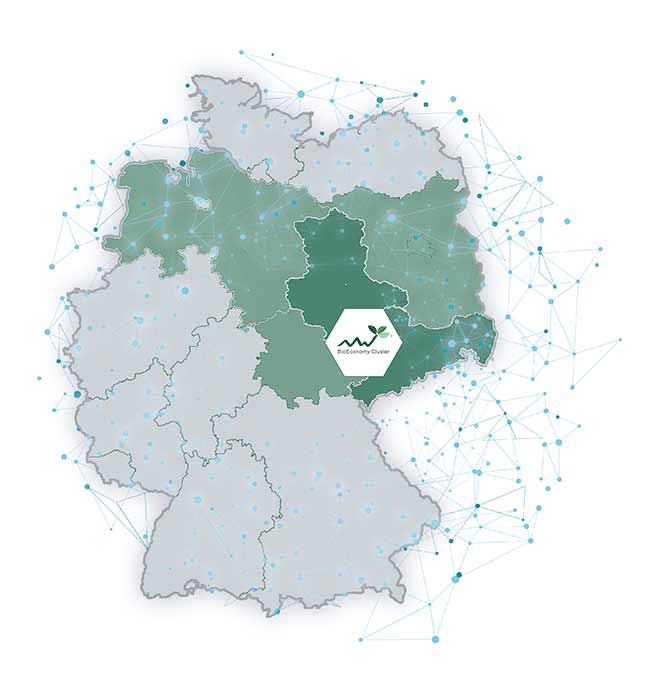
Bioeconomy Strategy
- 2012: BioEconomy Cluster was founded by 23 members and organized as a regional network (BioEconomy e.V.)
- 2013: Leading Edge Cluster of the German Federal Ministry of Research and Education & also supported by the Ministry of Sciences, Economic and Digitalization of the Federal State Saxony-Anhalt
- Core region: Saxony-Anhalt and Saxony (with Thuringia, Brandenburg and Lower Saxony)
- European network 3BI with IAR (F), Biobased Delta (NL) and BioVale (UK)
- Status 80 members (end of 2017)
Main Targets Of The Region Regarding Bioeconomy
- To become one of the European Centres for wood-based integrated biomass
- Tightest network of pilot-, demonstration and production plants based on the bioeconomy value chains in Europe
- Bio-based products will be used in almost all fields and industrial sectors
- Job creation and security in the bioeconomy sector
Main Stakeholders
In The Region
BioEconomy Cluster – 80 members from a broad range of industries and the corresponding technology involved)
Lack of large players among the members who can decisively advance research and development and also have greater political influence
Available Biomass Sources
At Regional Level
- Current main focus on wood and other lignose-containing biomass resources
- Future expansion of the raw material range (no specialisation on specific biomass planned)
All Regions Participating In POWER4BIO
Ten regions from nine different countries are participating in POWER4BIO, five of which coming from Central and Eastern Europe (CEE) and five from Western and Southern Europe (WSE).


